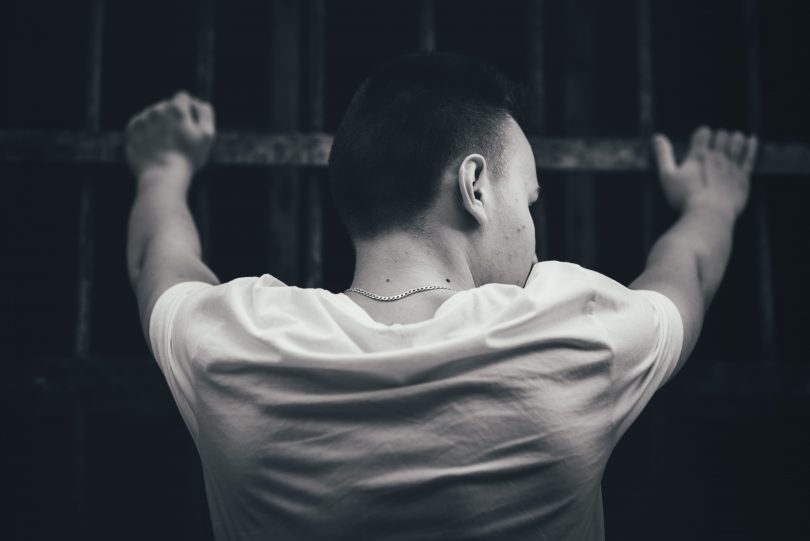NSW Premier Gladys Berejiklian’s recent abandonment of one of her key priorities – to reduce rates of domestic violence re-offending by 25 per cent by the year 2021 – is the latest failure of the NSW government to tackle recidivism rates over the past three years.
The Premier announced in August this year that the deadline for achieving a reduction in domestic violence re-offending rates had been extended to the end of 2023.
This follows the NSW Bureau of Crime Statistics and Research’s (BOCSAR) 2018 evaluation of three separate government programs intended to reduce rates of domestic violence across NSW and their conclusion that they were ineffective.
The current government has invested more than $431 million over four years to combat domestic violence but, according to data released by BOCSAR, domestic violence-related assault has actually increased by 6 per cent over a 24-month period (April 2017 – March 2019).
The data also indicates that recidivism rates are far greater for those who commit crimes unrelated to their initial offence.
This recent failure is reminiscent of former Premier Mike Baird’s pledge to reduce adult recidivism by 5 per cent by the year 2019 – a target set in September 2015.
In the 2016 NSW state budget, former Premier Baird committed $237 million over four years to combat rates of recidivism statewide.
Data released by BOCSAR suggests that this funding is having little to no impact. NSW recidivism rates remain the highest in Australia.
Recidivist crime among adults in NSW is continuing at a steady rate of 20 to 21 per cent for those who receive a non-custodial sentence. Re-offending among those who receive a term of incarceration has risen from 37 per cent for those released in 2014 to 40.7 percent in 2017.
Recidivist crime among juvenile offenders is even greater – in some instances occurring at double the rate of adults. 64.4 per cent of juveniles released from prison in 2017 re-offended within 12 months, compared to 44.3 per cent who received a non-custodial sentence.
Also of note are the consistently higher rates of re-offending among those of Indigenous descent. 52.6 per cent of Indigenous adult offenders released in 2017 re-offended within 12 months, as opposed to 34.1 per cent of those from non-Indigenous backgrounds.
The numbers were still significantly higher among those who received non-custodial sentences, with 34.1 per cent of Indigenous adult offenders re-offending within 12 months of finalized court appearances in 2017, as compared with 21.5 per cent of those who were non-Indigenous.
Statistics show that custodial sentencing leads to a significantly higher rate of re-offending – suggesting a need for greater reform in programs designed to prepare incarcerated individuals for release back into the community.
(Photo credit: Lipiński Tomasz on Unsplash)





